Trugernanner (Truganini) (1812? - 1876)
- Alternative Names:
- Rookh, Lallah
- Birth:
- 1812?, Van Diemen's Land (Tasmania),Australia
- Death:
- 8 May 1876, Hobart Town (Hobart),Tasmania, Australia
- Cultural Heritage:
- Occupation:

Trugernanner (Truganini) (1812? - 1876), by unknown photographer, courtesy of National Library of Australia. nla.pic-an23378504. . Image Details
TRUGERNANNER (TRUGANINI) (1812?-1876), Tasmanian Aboriginal, was born in Van Diemen's Land on the western side of the D'Entrecasteaux Channel, in the territory of the south-east tribe. Her father was Mangerner, leader of one of the tribe's bands, and in her adolescence she was associated with its traditional culture, making occasional visits to Port Davey. The tribe was disrupted by European sealers, whalers and timber-getters; by March 1829, when she and her father met G. A. Robinson at Bruny Island, her mother had been killed by sailors, her uncle shot by a soldier, her sister abducted by sealers, and Paraweena, a young man who was to have been her husband, murdered by timber-getters. At Bruny Island mission in 1829 she 'married' Woorraddy, from Bruny. They were associated with all the missions that Robinson and his sons conducted around Tasmania in 1830-35; they acted as guides and as instructors in their languages and customs, which were recorded by Robinson in his journal, the best ethnographic record now available of traditional Tasmanian Aboriginal society.
Trugernanner, Woorraddy and other Aboriginals from Robinson's mission arrived at the Flinders Island settlement in November 1835. With the hundred or so captured Aboriginals still alive they were to be 'christianized and europeanized' and taught to be farmers. She was renamed Lallah Rookh by Robinson, but held to her traditional ways. In March 1836 she and Woorraddy returned to Tasmania to search in vain for the one family remaining in the north-west. By July 1837 when they went back to Flinders Island, many had died there and Robinson's programme had proved unsuccessful. Trugernanner told him that all the Aboriginals would be dead before the houses being constructed for them were completed.
In February 1839, with Woorraddy and fourteen other Aboriginals, she accompanied Robinson to Port Phillip. She and four others, without Woorraddy, later joined a party of whalers near Portland Bay. In 1841 all five Aboriginals were charged with the murder of two whalers and in January 1842 the two men were hanged. In July Trugernanner and two other women, Fanny and Matilda, were sent back to Flinders Island with Woorraddy who, however, died en route. She lived with the Aboriginal Alphonso until October 1847 when, with forty-six others, she moved to a new establishment at Oyster Cove, in her traditional territory. She resumed much of her earlier life-style, diving for shellfish, visiting Bruny Island by catamaran, and hunting in the near-by bush. By 1869 she and William Lanney were the only full bloods alive. The mutilation of Lanney's body after his death in March led Trugernanner to express concern; she told Rev. H. D. Atkinson, 'I know that when I die the Museum wants my body'.
In 1874 she moved to Hobart Town with her guardians, the Dandridge family, and died in Mrs Dandridge's house in Macquarie Street on 8 May 1876, aged 64. She was buried at the old female penitentiary at the Cascades at Midnight on 10 May. Her body was exhumed in December 1878 by the Royal Society of Tasmania, authorized by the government to take possession of her skeleton on condition that it be not exposed to public view but 'decently deposited in a secure resting place accessible by special permission to scientific men for scientific purposes'. But it was placed in the Tasmanian Museum where it was on public display in 1904-47. Trugernanner was the most famous of the Aboriginal Tasmanians, but her life is shrouded in myth and legend. As the faithful companion of Robinson in 1829-35, she assisted in bringing in her compatriots because she wanted to save them from European guns. The establishment at Flinders Island was a grave disappointment to her. Small in stature, forceful, gifted and courageous, she held European society in contempt and made her own adjustment on her own terms.


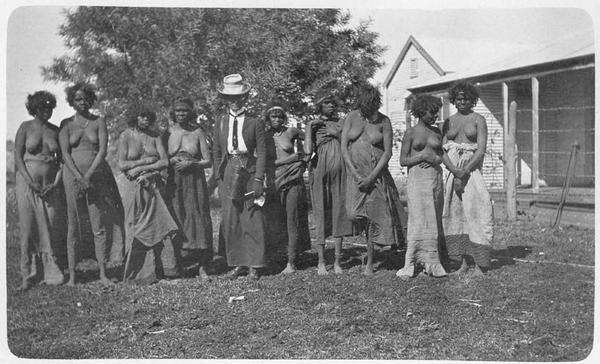



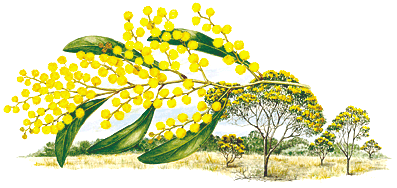


+copy.jpg)










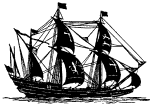





















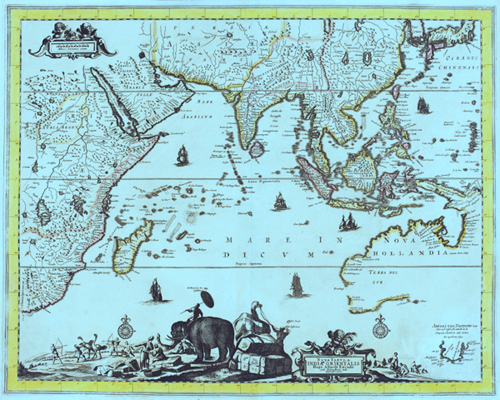

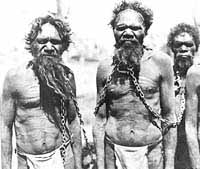
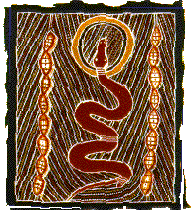


















.jpg)


























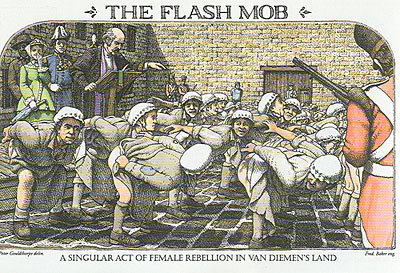
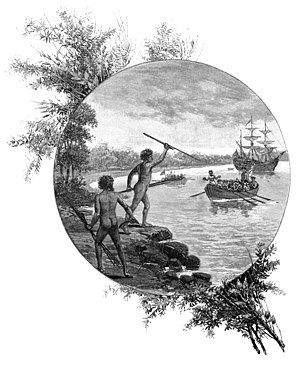 G
G







.jpg)
















No comments:
Post a Comment